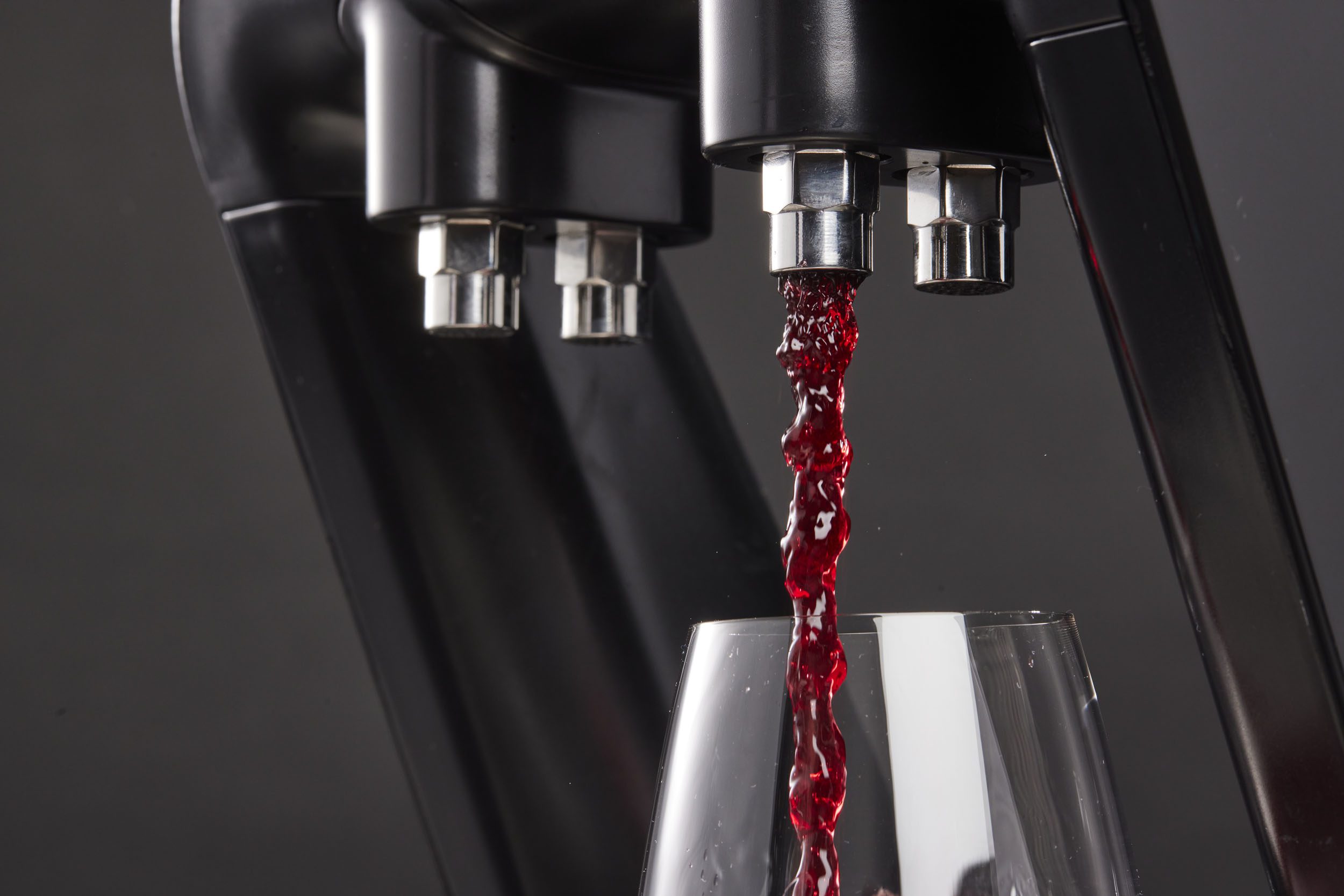When it comes to food and beverage products, there’s always a need to provide healthier and more environmentally-friendly options. As consumers become more conscientious, businesses look towards better ways to offer clean, green choices.
One such creation that’s been popping up across Australian coffee shops, restaurants and other hospitality players is the milk on tap system. These set-ups use either under-counter or countertop refrigeration units with countertop taps to efficiently dispense dairy products.
With any new food and beverage system, there are a few natural questions to ask about food safety and environmental friendliness. So let’s take a look at the pressing questions: are milk tap systems safe, and are they eco-friendly?
How do Milk on Tap Systems work?
The milk on tap system features a refrigerated storage tank, an electronic pump, and a countertop tap. Milk tap configurations are designed to sit exactly where you need them, the most obvious example being right beside a coffee machine.
With these systems, fresh and chilled milk is poured directly from keg to receptacle, eliminating the need for harmful plastic products. This makes the final product not only safer to consume, but also better for the environment.
Are Milk on Tap Systems Safe?
Milk is milk, but the problem arises with the materials we use to store them.
1. Plastic
The conventional method is of course to simply buy your milk in plastic jugs and store them in refrigerators. Sadly, most plastic milk containers are made from petrochemicals like crude oil. When you use toxic substances to create your milk bottles, there’s simply no way to stop these compounds leeching into the product.
2. Glass
Glass is chemically inert, which means it doesn’t react with anything, including food and beverages. It’s far easier to keep your milk fresh and safe with glass bottles and jugs. With that said, there’s always the risk of glass bottles being accidentally left out on the counter top. Any fluctuation in milk temperature can cause it to spoil faster.
3. Milk on Tap Systems
Milk on tap systems use food-grade stainless steel, among other premium materials, to keep dairy products as pure as possible. The milk is stored within food-grade plastic, and comes straight from an insulated fridge kept at constant temperature. You don’t have to worry about harmful chemicals leaching into the drink, or left-out milk going bad.
Both the taste and the health benefits of drinking fresh milk are at their highest when it’s been stored correctly in an airtight, refrigerated tank. With a milk on tap systems, businesses give consumers the safest, freshest, and yummiest product on the market.
Many milk pourer systems, such as Flo-smart, feature a digital display that will actually tell you the duration of time passed since the last tank refill, meaning you can accurately keep track of how long you’re using each batch. This makes it even simpler to stop spoilage and keep your product at the highest standard of food safety.
Are Milk on Tap Systems Eco-friendly?
As we’ve learned, milk tap dispensers can eliminate the need for cheap, single-use plastic cartons. The majority of such cartons are made from petrochemicals and other non-renewable resources, which means they are not sustainable. On top of that, plastics are non-biodegradable. When they’re inevitably sent to landfills or incinerators, they will take hundreds of years to break down.
But it’s worse than that. Even when they appear to have broken down, plastic milk bottles remain as miniscule fragments that form a toxic sludge that soon poisons our oceans. It’s not just that plastic milk bottles aren’t biodegradable, but also that they require lots of energy to produce, transport and treat for recycling.
All of this environmental horror is avoided with a milk on tap system. Food and drink businesses can swap dirty plastics for a dispensing solution that incorporates either a large food-grade plastic container, or pergal milk bladder, becoming a much more green enterprise in one move. For establishments using lots of plastic containers, the milk on tap system is an obvious step towards a reduced carbon footprint
Are Milk on Tap Systems Economical?
Any business looking to install a milk on tap system is also going to wonder about economy, as well as day-to-day usability and maintenance. There are a few key reasons why these dispensers are more economical than conventional bottles.
- The freedom to buy your dairy products in larger batches is more cost-effective because you aren’t paying for lots of packaging and transport.
- Milk is stored at a constant temperature which saves on long-term energy costs, when compared to moving small bottles in and out of less efficient fridges.
- Superior food safety means there’s less risk of spoiled product that you would otherwise have to dispose of, effectively pouring money down the drain. It’s turns out that the cleaner product also works out to be the more economical!
- A countertop tap is simply more ergonomic and accessible for workers than low-down fridges and small bottles, meaning they can work far more efficiently.
In terms of day-to-day use, milk tap systems are designed to be incredibly easy to use. You won’t have to worry about specialist training or impossible maintenance. Eliminating the need for plastic containers and hard-to-reach under-counter fridges makes the everyday running of your food and drink business simpler.
The Rise of Milk on Tap Systems
There’s a reason why we’re seeing more of these eco-friendly milk tap dispensers across Australia. It’s not just that a glossy stainless steel tap head looks more luxurious than a plastic milk carton. These systems offer a safer and more environmentally-friendly way of storing and serving dairy products.
If you’re running a hospitality business, especially a coffee shop, it’s time to consider how a Milk pourer system might streamline your operation. These beverage systems can be installed in all kinds of spaces, where they’ll provide happy customers with only the best product.



